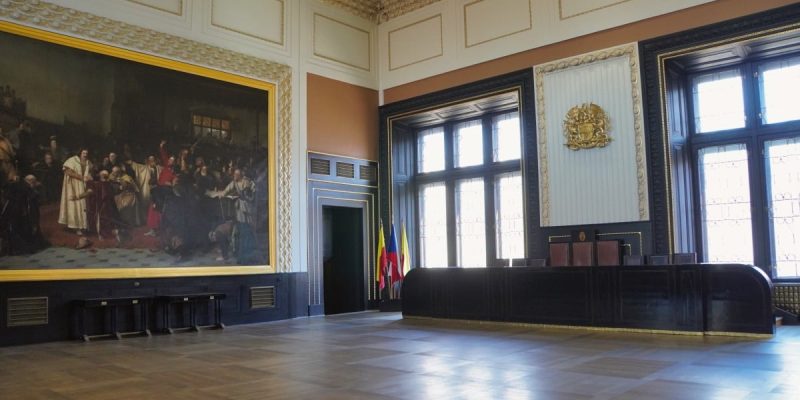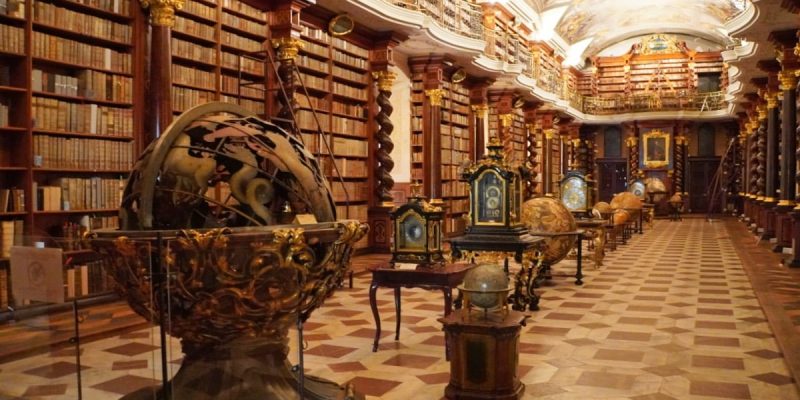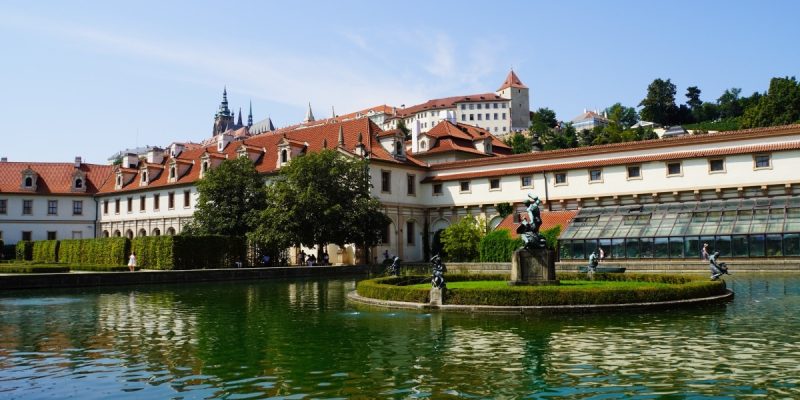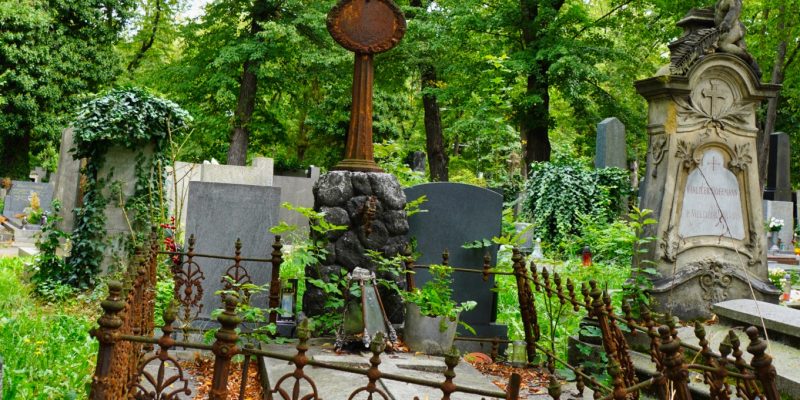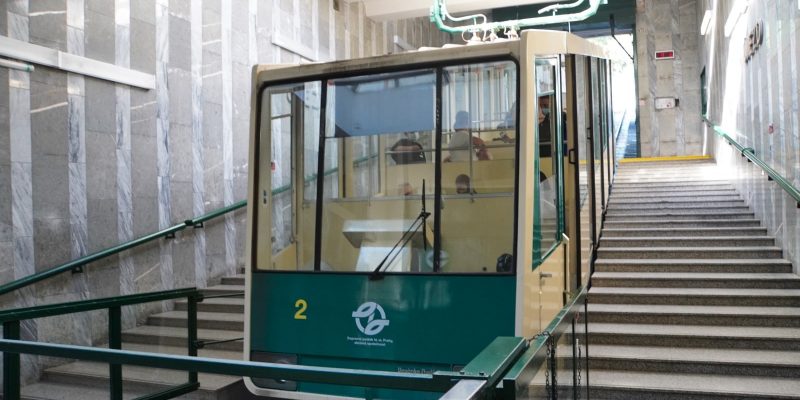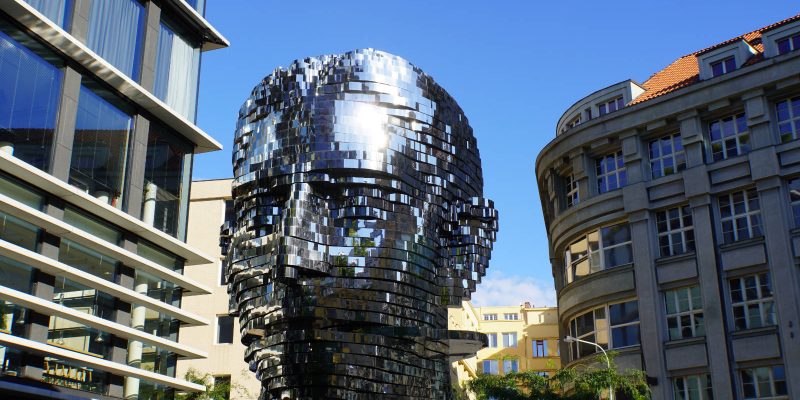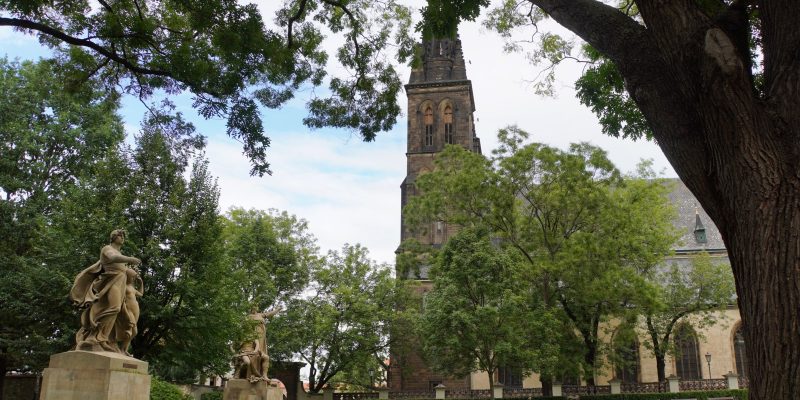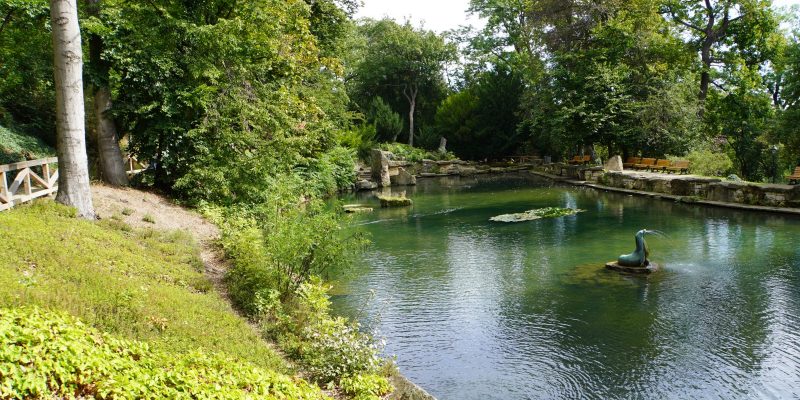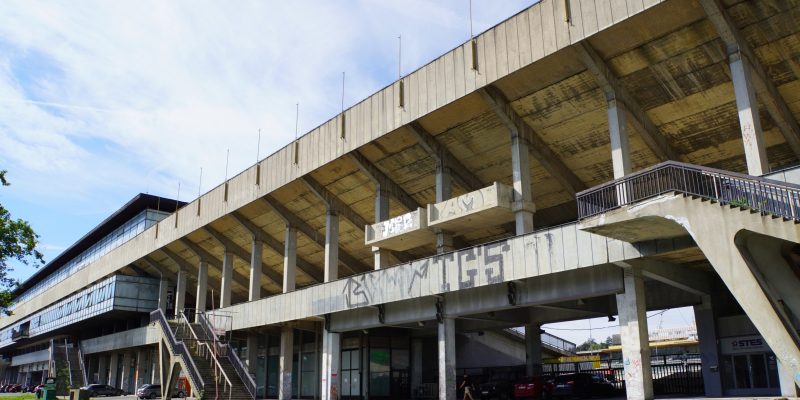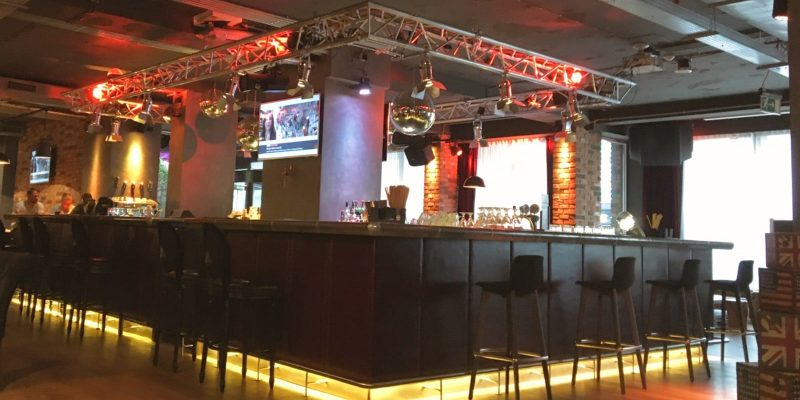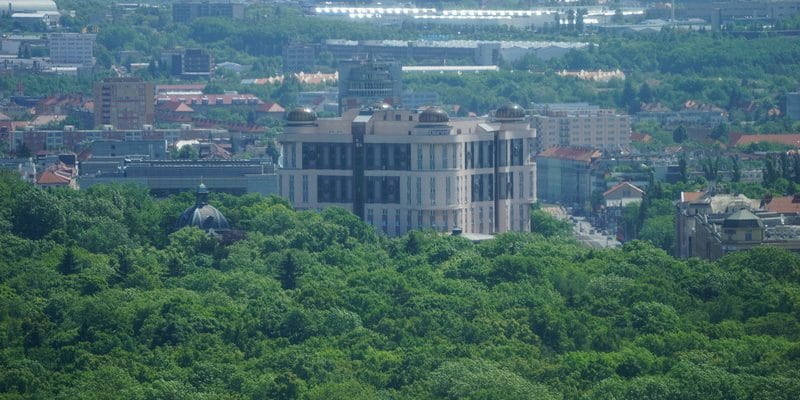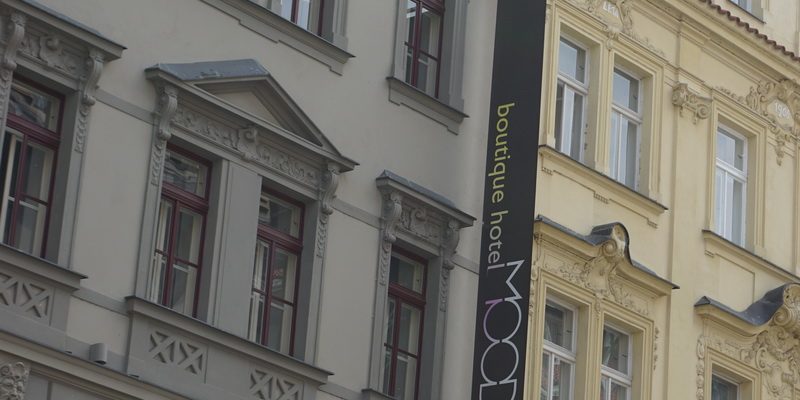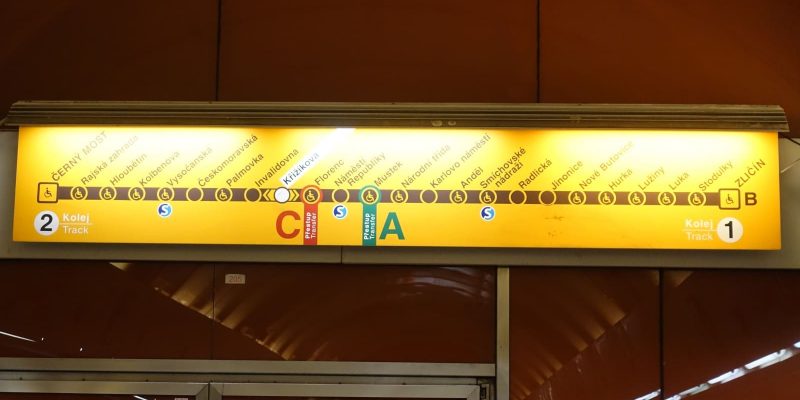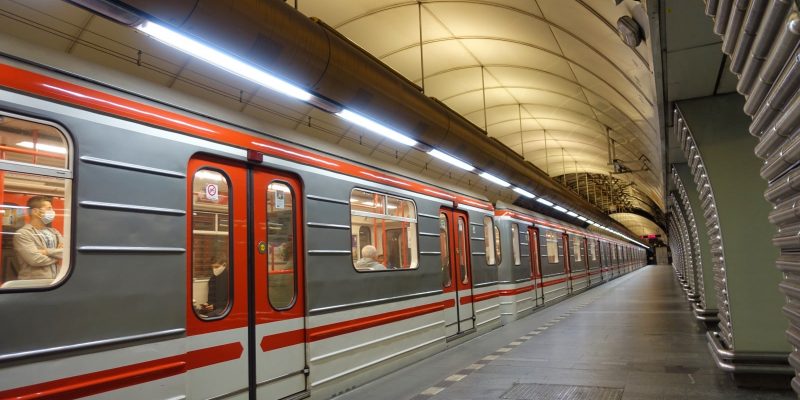The destination of many tourists is the beautiful capital of the Czech Republic – the “Golden City” Prague. A Prague city trip is popular with day and weekend tourists, a trip to the Central Bohemia region around Prague should not be missed.
Once a royal and imperial residence city, Prague was a political and cultural centre in Europe under the reign of Charles IV. Today, Prague is a lively and modern city with over 1.3 million inhabitants and is one of the richest regions in Europe.
The historical centre of Prague is one of the UNESCO World Heritage Sites in the Czech Republic. If you stroll through the streets away from the main roads, you will discover beautiful gothic and baroque buildings.
Prague travel information
Car park in Prague
Finding a free parking space in Prague is almost impossible. The city centre is simply too densely built-up and offers little parking space. Whoever parks here incorrectly will be towed away and “immobilised” with a parking claw. An expensive parking pleasure that one should do without.
It is recommended to use the hotel car park, a P&R car park or a multi-storey car park. More detailed information can be found on the german page “Parking in Prague: Parking zones and guarded parking“.
We have chosen a parking space from Mr.Parkit. Here you have to book and pay for the space online in advance. Via SMS we received the number of the car park for the selected location. We also received two telephone numbers. One to call when entering the car park, the second number for the exit. You can drive in and out as often as you like during the booked period – it is a “hotel room” for the car. In terms of price this car park was cheaper for us than the hotel car park and also only 5 minutes walk away. We were very satisfied with the car park and this car park.
Public transport
Those who do not want to walk around Prague all day will find a well-developed public transport network with buses, trams and the metro.
You can find more information in our article “Public transport in Prague – Information“.
Dining in Prague
If you go out for a meal in the centre of Prague, you will have to expect higher prices than in restaurants that are a little out of the way. Here you can eat from about 6,-€ per person. A tip of 10-15% of the bill is common.
Of course we have also put together our tips on eating and drinking in Prague.
Exchange money in Prague
Those who prefer to travel in Prague with cash must exchange their euros for Czech crowns. The best way to change money is at a bank. The fees here are around 2%. There should be no further charges.
In Prague you will find numerous exchange offices. Not all of them are reputable! Beware! Some of them offer dubious exchange rates, it can happen that counterfeit money is issued. So keep your eyes open when changing money!
Since April 2019, all fees and costs in exchange offices must be included in the exchange rate. Nevertheless, it is advisable to ask for the exact amount in crowns. This will help you to calculate the exchange rate better and identify tricksters. According to a legal regulation, you have the right to cancel a transaction up to 3 hours after exchanging money at an exchange office. Then you get back the original currency. For this you need the receipt and the keyword “cancellation”. The maximum limit is 1000€ .
Using cash dispensers is not always that easy either. Expensive fees are often charged. These are based on the fees of your own bank. Here you should inform yourself beforehand. It is good to have an account that offers free cash collection worldwide.
It is better to pay directly with Maestro, Visa or Mastercard. These cards are accepted almost everywhere and you can pay even small amounts without any problems.
Prague city trip
We have compiled our impressions of Prague here.
Sightseeing in Prague
We present here the most beautiful sights of Prague.
Prague tips – off the beaten track
It is not always the sights that make a city what it is. We also love to discover other places.
Prague viewpoints
Discover Prague from above – we present many different viewpoints in the city.
Food and drink
Our tips on eating and drinking in Prague.
Accommodation tips
We present here the hotels where we stayed in Prague.
What you should know about Prague
Information for a great time in Prague
